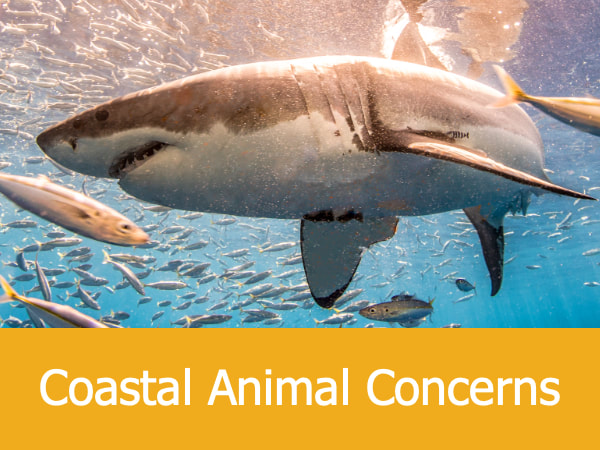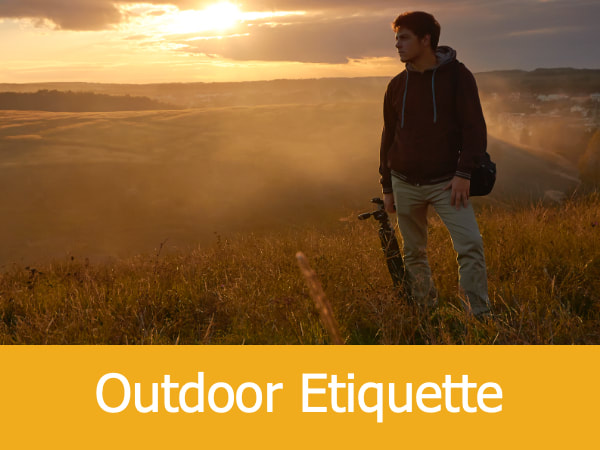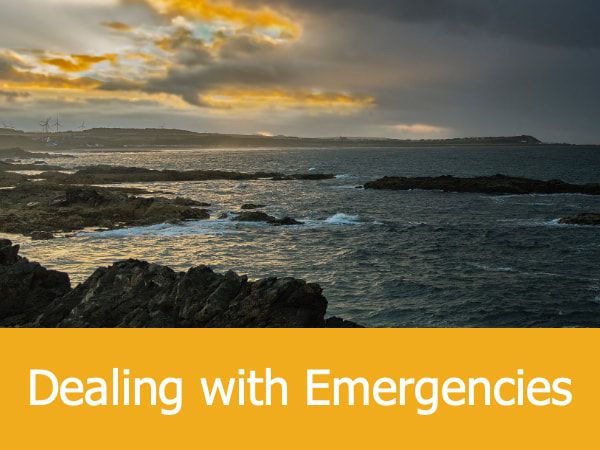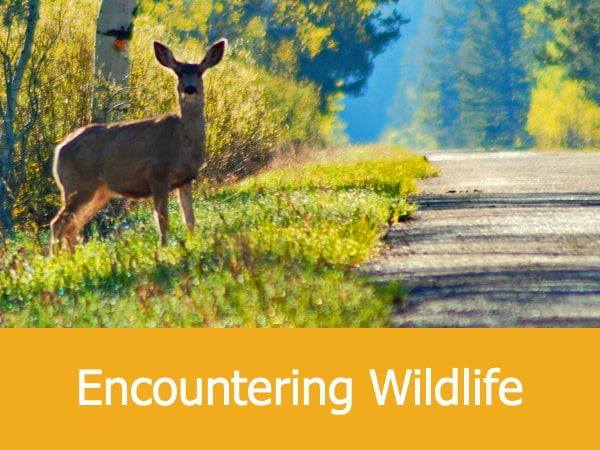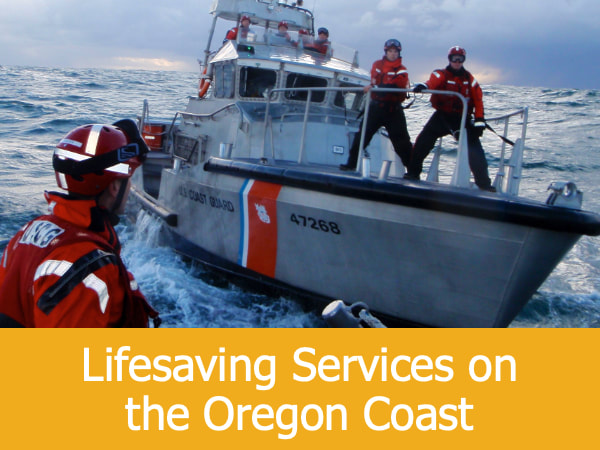EXPERIENCE > OUTDOOR SAFETY
On the Oregon coast, no single force of nature takes more human lives than water. The kinetic energy of the ocean or a river, combined with often brutally cold temperatures, can easily overwhelm even the strongest, healthiest person in a matter of seconds. Any time you’re around water, even when conditions appear calm and safe, you should always follow these basic precautions:
On the Oregon coast, no single force of nature takes more human lives than water. The kinetic energy of the ocean or a river, combined with often brutally cold temperatures, can easily overwhelm even the strongest, healthiest person in a matter of seconds. Any time you’re around water, even when conditions appear calm and safe, you should always follow these basic precautions:
- Learn to swim. Yeah, it may seem like a no-brainer but plenty of people still play in and around water without knowing this basic lifeskill. Even if you’re an experienced swimmer, you should still follow some basic rules when you’re near the water. Always have someone else with you, swim only in designated areas and never dive or jump into the water. Younger children should wear floatation gear regardless of their swimming abilities.
- Know the do’s and don’ts of a water rescue. If someone you’re with gets into trouble in the water, there are some simple steps you can take without risking your own safety. Hold onto something stable like a dock or boat and reach out for the person. You can extend an oar, fishing pole or other object to help them reach and pull them back to safety. You can also toss them a floatation device or some object which can be used as one, such as a plastic cooler or a piece of drift wood. Most importantly, don’t go in after them unless you’re trained as a lifeguard as you may risk your own safety and create two victims instead of one. Instead, render whatever aid you can safely, shout for help and call 911.
- Don’t look away. The largest and most powerful force of nature on Earth gives life — and takes it away. If you don’t respect the potential of the ocean, you can find yourself in trouble very quickly. Never turn your back to the ocean and always be aware of the movement of tides. Before heading to the beach, especially if you’re going for a long hike, check your local tide tables so you won’t find yourself trapped by incoming water.
- Watch the waves. A sneaker wave is particularly dangerous because it can be extremely powerful and occur without warning. These waves are common on jetties and headlands where rocky obstructions cause the water to hit with greater force. Sneaker waves can easily knock a full grown person into the sea or onto the rocks where serious injury can occur.
- Be careful around logs and driftwood. Beaches are often strewn with organic debris, some of which can be hazardous. Although collecting and manipulating driftwood is popular activity with beachcombers, you should always use care as these pieces of debris may be extremely heavy and may shift easily — especially when in the surf or located on wet sand.



